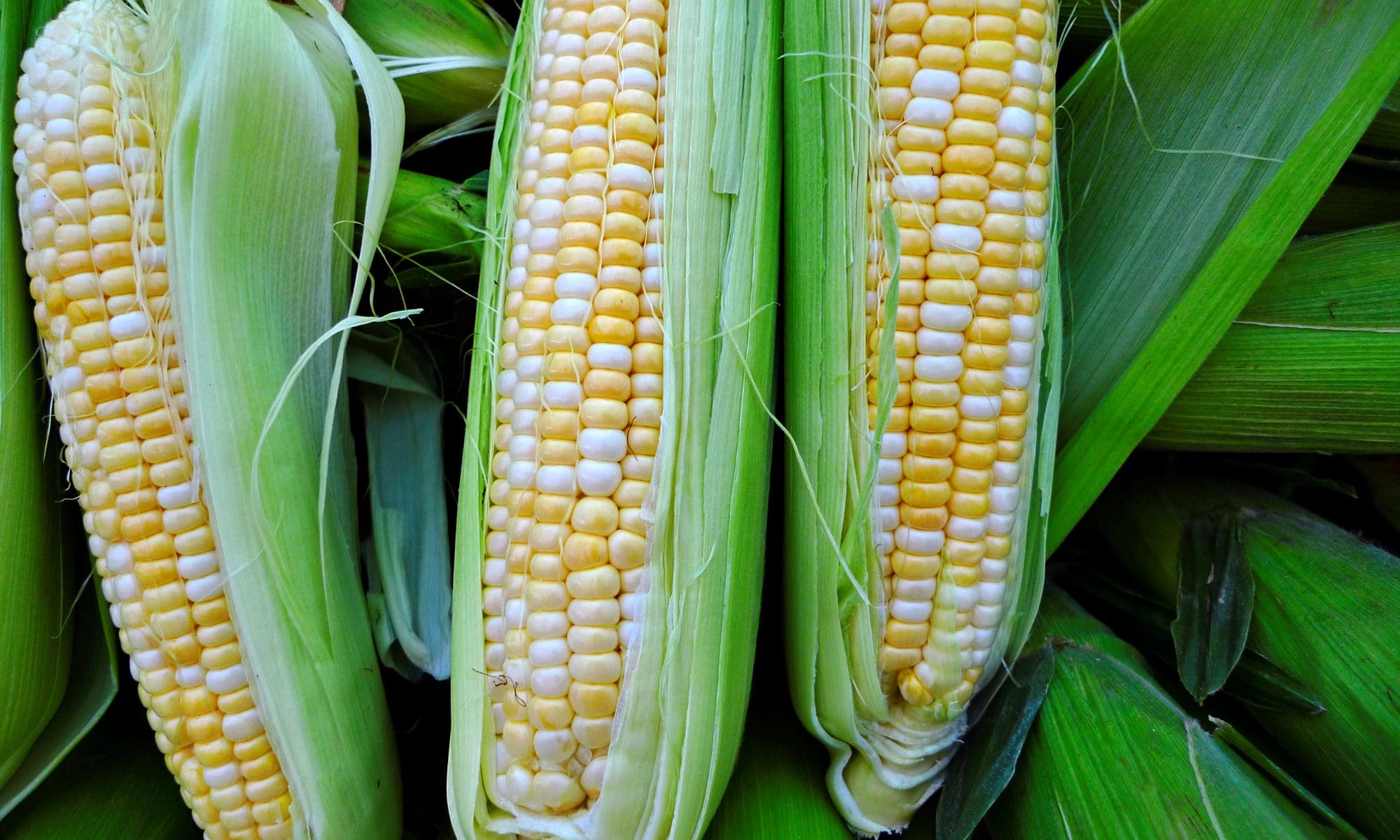A simple equation of the 2019 planted corn acres (90 million) and the total corn prevent plant acres (11.4 million) tops more than 100 million acres. With all the uncertainties around trade, fall fieldwork, African swine fever and farm finances, could farmers lean toward that huge number in 2020? Our stable of market analysts weigh in.
“I don’t think we’re going to see 100 million acres of corn, but we certainly are going to see more after so many acres went to prevent plant this year. Farmers are probably going to favor corn versus beans again in 2020. The bigger thing to think about is we still have a lot of the corn crop sitting in the field. Farmers dealt with a lot of mud getting it in and getting it out. A lot of fields that went to prevent plant are full of weeds. They’re going to have a lot of cleanup before they can start laying down fertilizer and putting seeds in the field,” says Erin FitzPatrick Grain & Oilseed, Analyst at Rabo AgriFinance.
“We all need to remember liquidity ratios continue to deteriorate for a lot of producers and, quite frankly, it’s not cheap to put corn in the ground. If the price ratio is 2.2:1, then yeah, you’re going to plant a heck of a lot of corn. If the price ratio goes above 2.4 or 2.5, I think with the amount of cash people have in their pocket, there are still going to be a lot of soybeans planted. If you don’t want to see 100 million acres of corn, you’ve got to root for a bean rally. It’s expensive to put corn in the ground.” – Matt Bennett, AgMarket.Net
“We could plant 100 million acres of corn next year, but I do not expect it at this point. I think we’re probably looking at bringing those prevent plant acres back and adding to both corn and soybeans in 2020. The current price relationship would suggest both of them equally gaining, which would pull corn acres up to around 95 million. Soybeans could certainly jump back toward the mid to upper 80s. There’s a lot of unknowns yet and the biggest is the China trade deal. If in fact we would get corn, ethanol and DDGs in a trade deal, then suddenly we would realize the world corn balance sheet is tighter than what the market is currently trading. It just needs that type of incentive to see a spark.” – Arlan Suderman, INTL FC Stone
